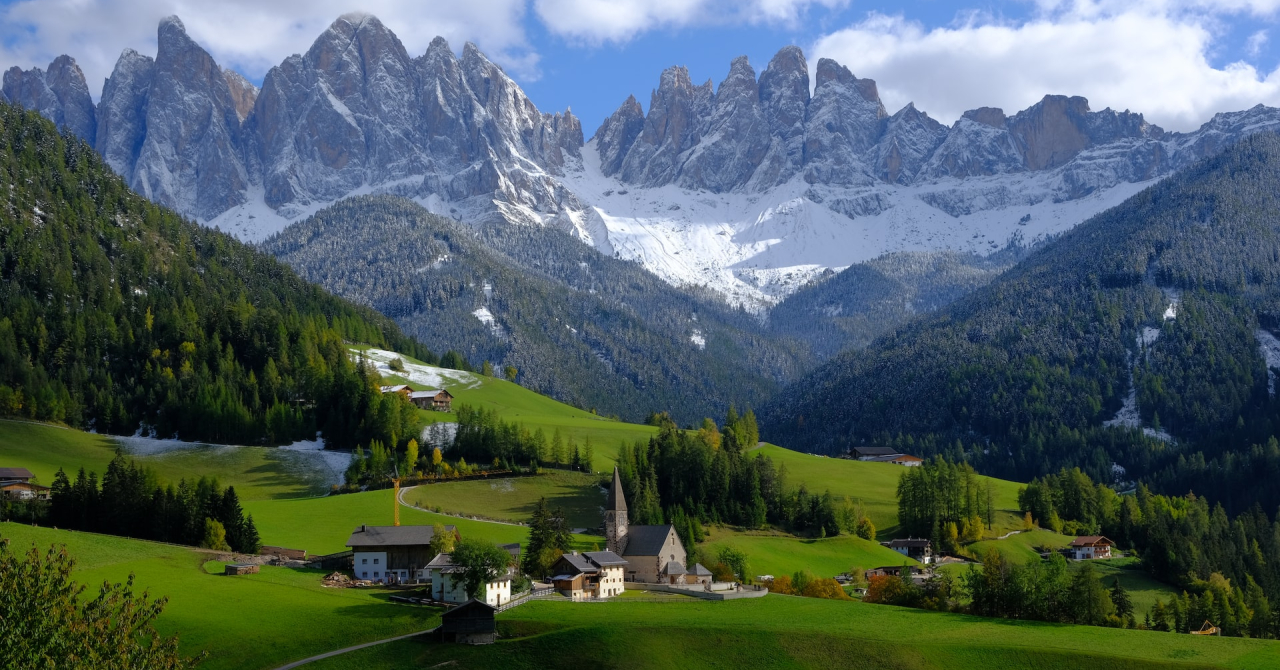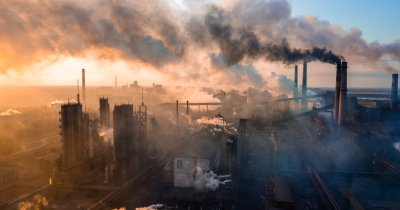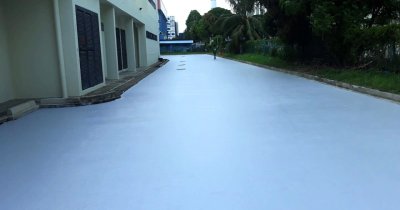According to Reuters, UNESCO monitors around 18.600 glaciers from its World Heritage sites and says that a third of them are due to vanish by 2050 regardless of the climate scenario.
Some of these glaciers can be saved by limiting the rate of global warming to pre-industrial levels, but if emissions continue to be released as they are today, nearly 50% of the World Heritage glaciers could melt completely before the next century.
Audrey Azoulay, UNESCO’s Director-General, said that "this report is a call to action. Only a rapid reduction in our CO2 emissions levels can save glaciers and the exceptional biodiversity that depends on them."
Tales Carvalho, lead author of the report, added that World Heritage glaciers lose about 58 billion tons of ice per year and thus, they contribute to a visible sea-level rise of 5%.
"As glacier lakes fill up, they can burst and can cause catastrophic floods downstream," he mentioned, which is why authorities must find ways to slow down their melting process and implement disaster risk reduction solutions.
 Mihai - Cristian Ioniță
Mihai - Cristian Ioniță












Any thoughts?